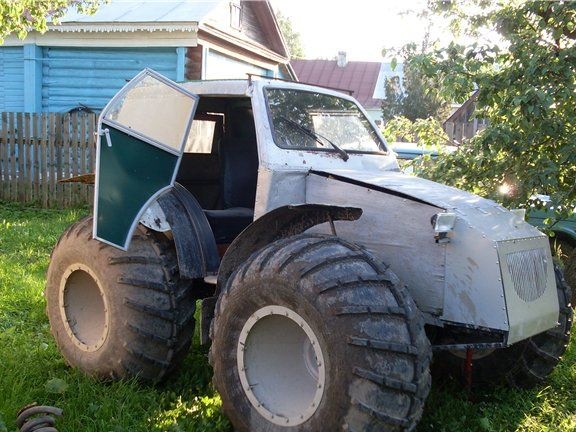
An interesting version of a mini all-terrain vehicle, where you can have fun. this time all-terrain vehicle collected in the Ryazan region. All-terrain vehicle biaxial 4 on 4. What characteristics does the all-terrain vehicle have? Well, firstly, it’s naturally striking minimalism of the design, its miniature. Also, the all-terrain vehicle has an independent suspension on all 4 wheels, which pleases on the road. The base of the all-terrain vehicle is long under 170 centimeters, the wheels are open and there is a power steering.
And so what materials were used in the construction of this all-terrain vehicle:
1) Let's start with the wheels; on this all-terrain vehicle, the converted wheels from the VI-3 are installed.
2) the cameras were taken from il-76
3) ICE and gearbox from Oka, naturally as it is on almost all models of ATVs with a welded differential.
4) a 1 on 1 chain gear with a chain pitch of 25 was also used.
5) RPM was removed from the Niva, both rear and front, respectively, and mounted on the frame.
6) transmission brakes with calipers from the Oka.
In more detail we will consider the phased assembly of the all-terrain vehicle.
And so, as was already indicated in the list, the wheels from VI-3 were used, although in essence only their “offal” and IL-76 camera were used. This is how it will look like this assembly:
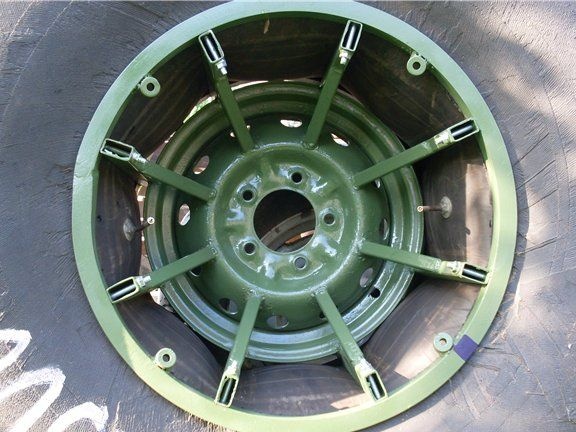
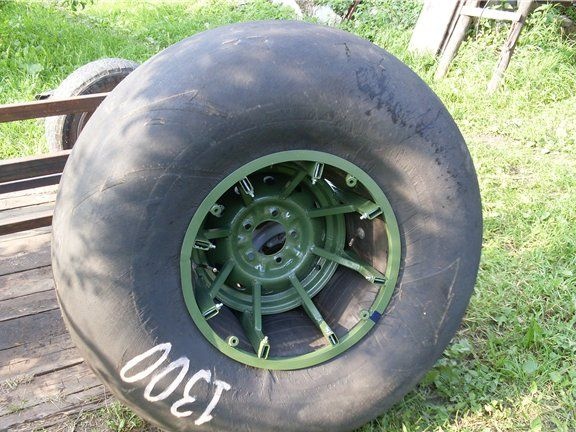
If someone is interested in the weight of these wheels, I inform you that a disk weighing 17 kilograms, a skin with furniture bolts and washers under 23 kilograms weighs, well, and an IL-76 camera weighing 10 kilograms.
As for the fastening of the bolts, it was done in a similar way: the author drilled the skins with a drill, inserted the bolts with washers, twisted the nut, cut off the excess with a grinder and hammered it so that they would not unscrew.
As for the wheels, bedlocks are installed from turning the tire, so the wheels can be lowered almost completely. This was established in such a way: four cylinders were welded to the locking rings on each side; bolts with welded washers are inserted into these cylinders from the inside, but now they in turn attract the seat cover to the locking rings. Like that.
Here is an exemplary explanatory diagram-drawing from the author of the all-terrain vehicle:
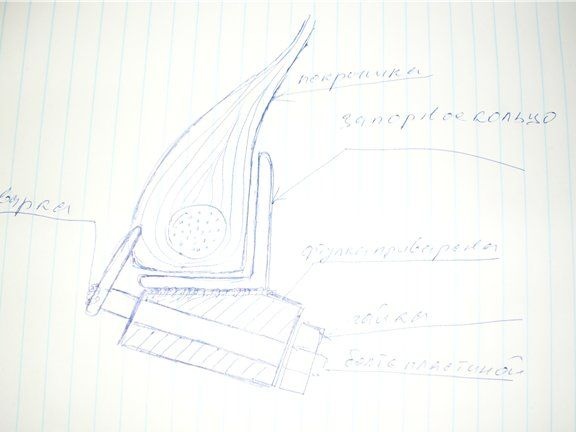
Let it not bother you that the number 1300 is written on the wheels. In fact, the wheels are only 1180 mm and as you can see in the photo without a tread (although in the future it will be natural). The weight of the APP was a little more than 600 kg, so there are no problems with RPM and it pleases.
SCRPM were made with the offset gears in the opposite direction. displacement was necessary, since without it the angles in the driveshafts were close to maximum. Therefore, in order to avoid unnecessary unnecessary load, it was decided to resort to such a solution:

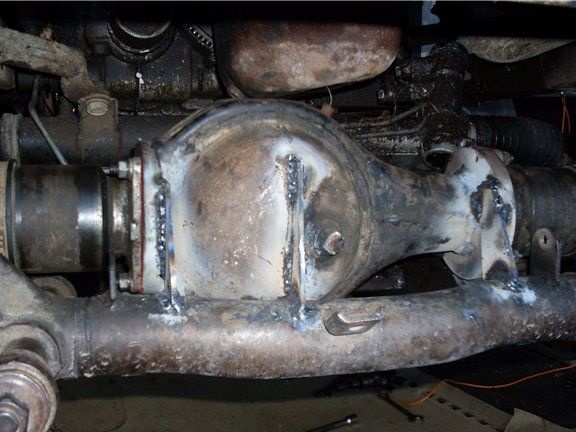
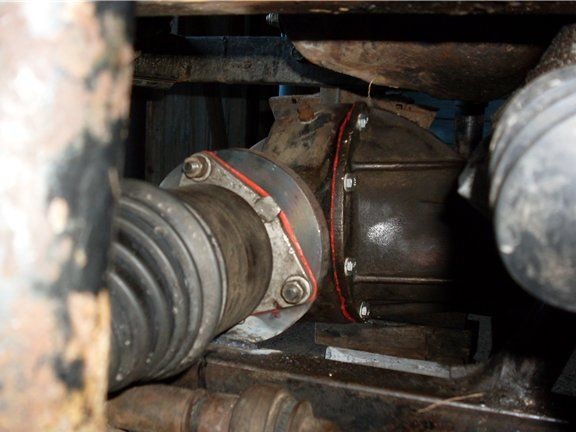
The photos below show a comparison of the internal grenade from Siera (the one on the right) and the Niva (left):
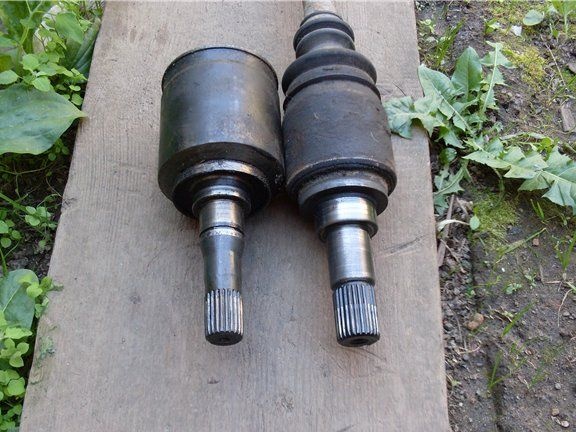
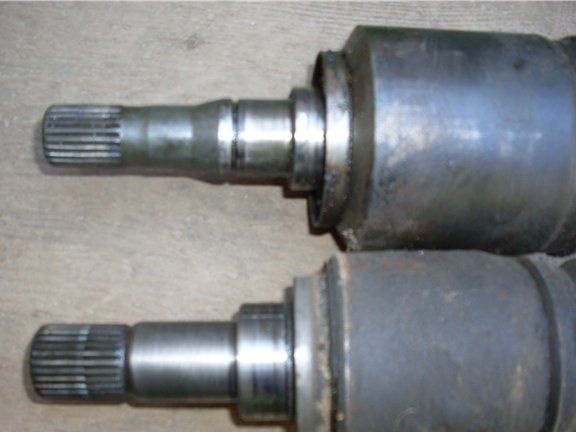
And here is the exterior:
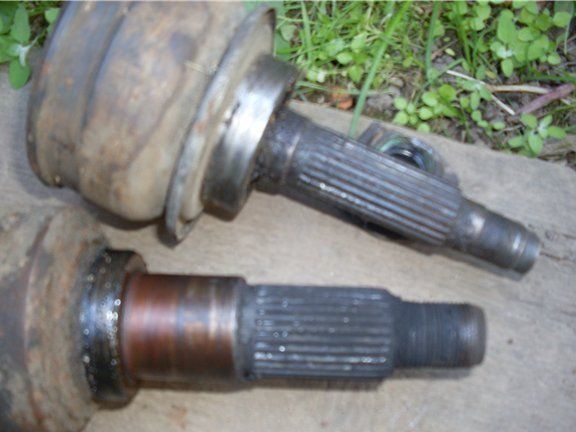
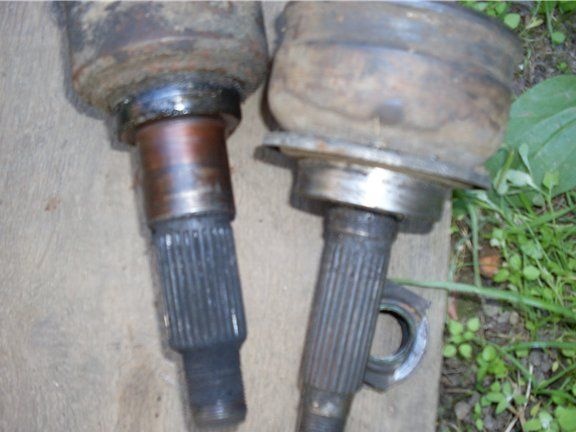
Due to the fact that Siera has tripods, the grenade looks more compact than the Niva.
The mounting scheme for the gearbox is as follows: a reinforced constant velocity joint with the 08th separator goes to the box, then comes the “stick” 08, then the outer CV joint 08 with a hollowed and scalded VAZ flange.
Differentials were blocked by welding the satellite
Also worth a short jet thrust VAZ with homemade fastening.
The following are illustrative illustrations:
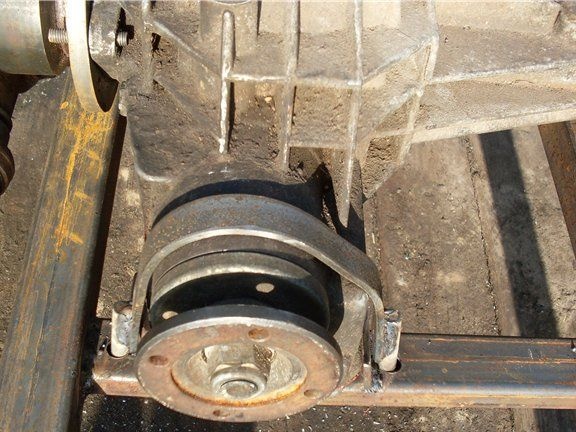
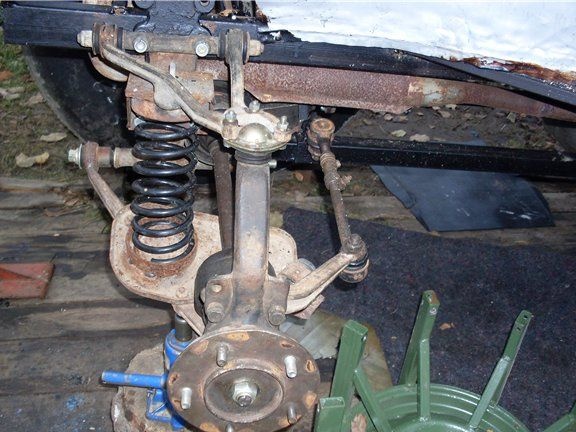
Then the author began to trim:
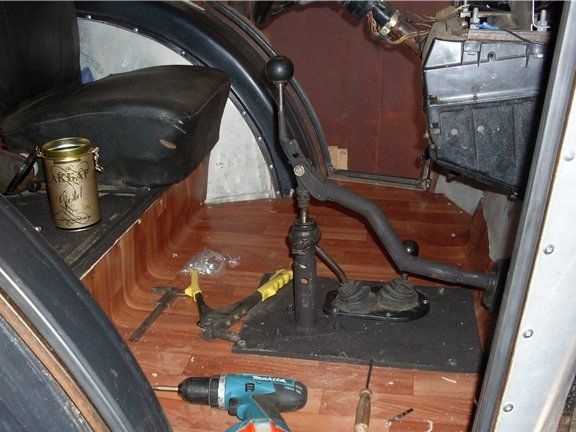
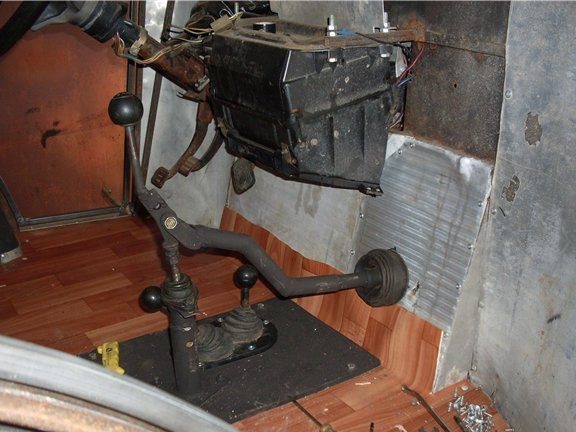

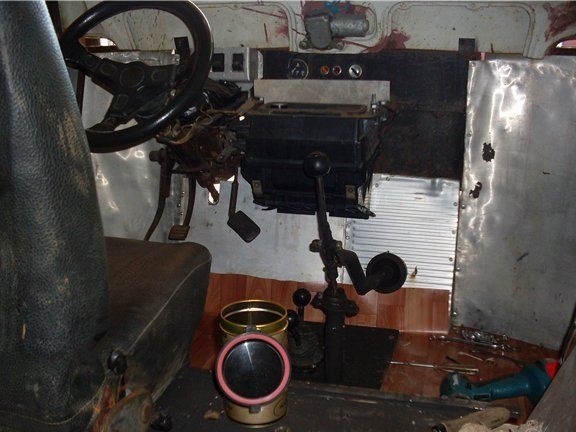
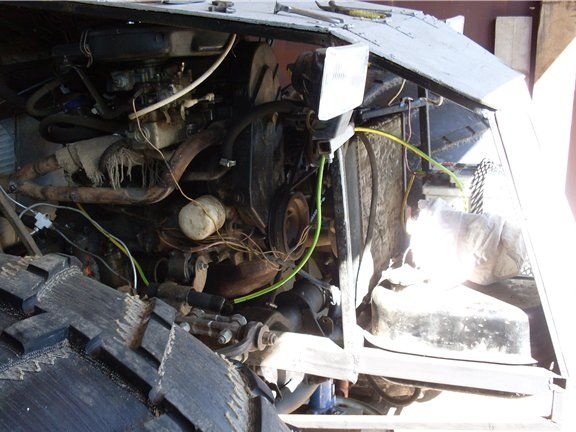
This is how the all-terrain vehicle looks already with partial lining, plus the author added a trunk made of metal mesh:
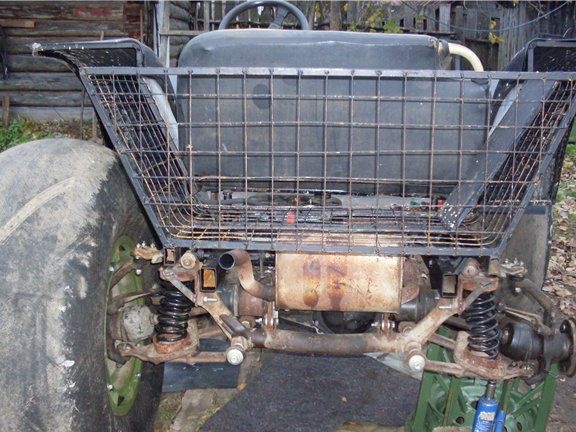
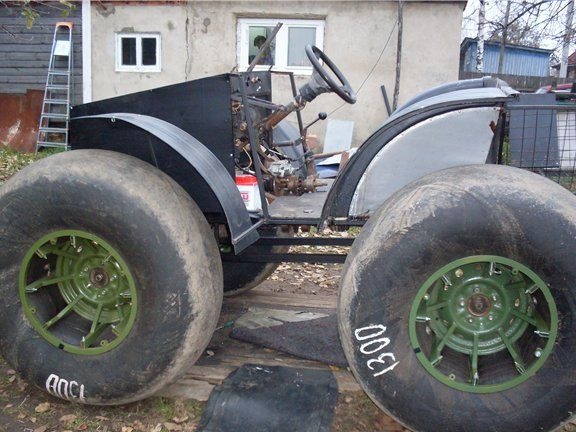
Trial race on an all-terrain vehicle:
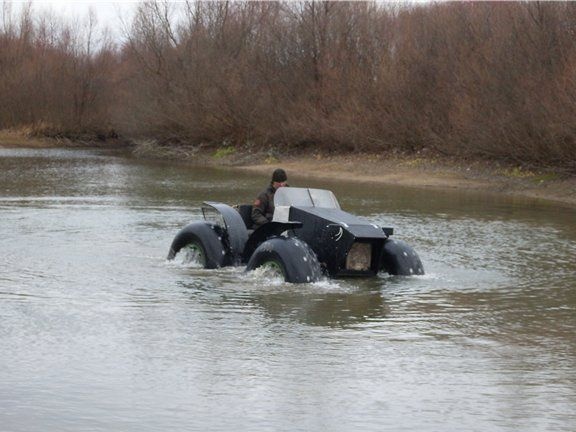
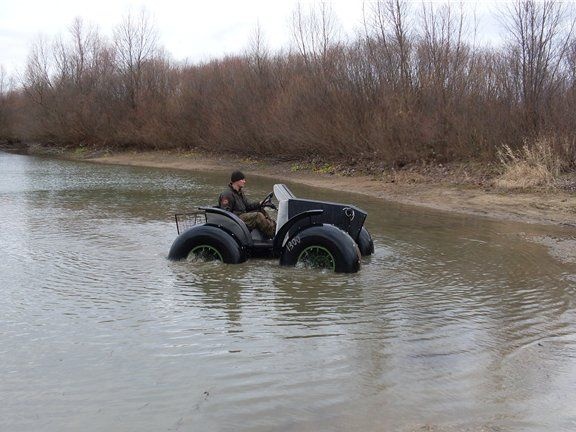

The turning radius of the all-terrain vehicle is about the same as that of a normal Niva.
Overcoming obstacles:

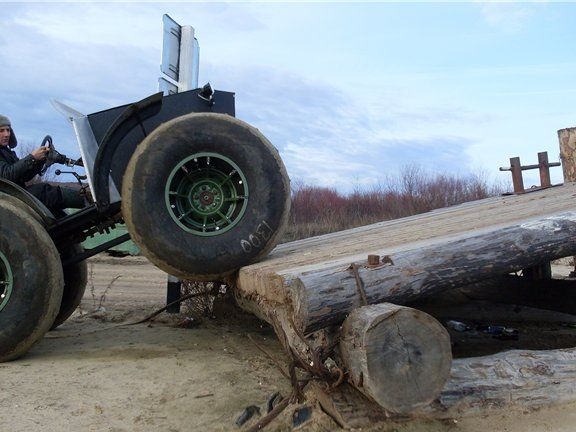
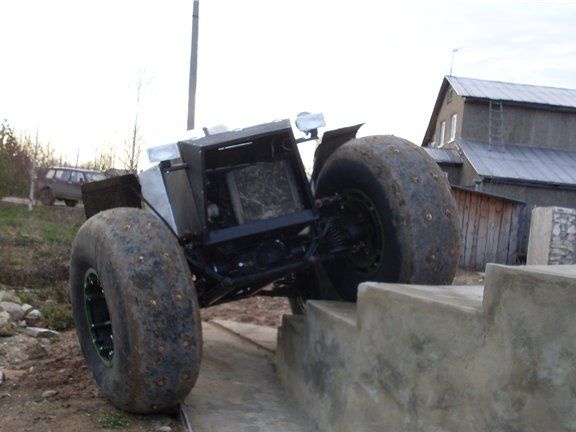
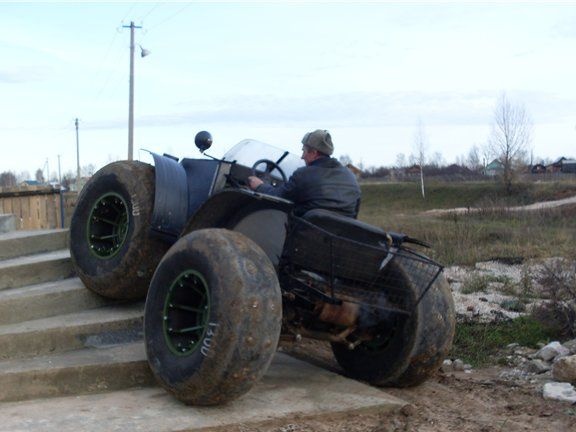
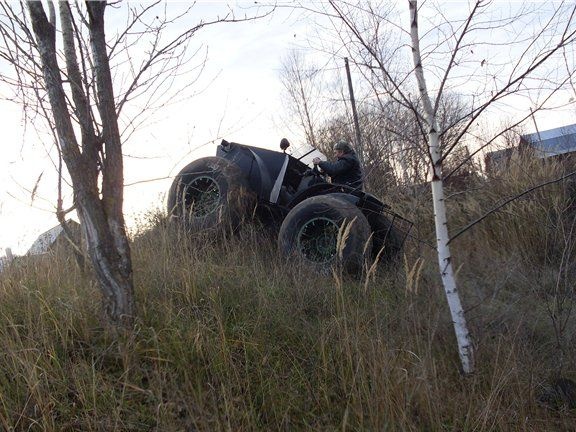
During the operation of the all-terrain vehicle, it was decided to remake the 1x1 chain reducer with a chain pitch of 25.4 to 1.25 and a chain of 19.05.
Control weighing showed a mass of 760 kilograms, I would like to take it easier, but also pretty good:
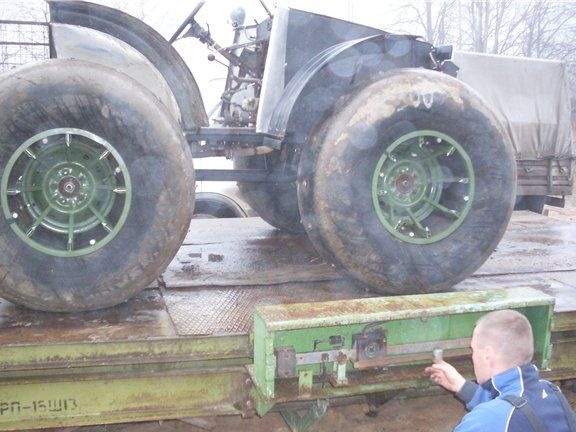
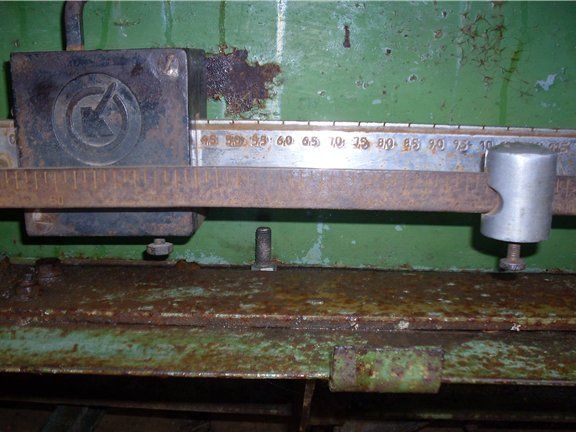
During the operation of the all-terrain vehicle in the winter season, both a number of disadvantages and a number of advantages of this machine were revealed.
Unfortunately, one of the weaknesses of the machine turned out to be a chain gear, it broke a completely new chain, so the Niva transfer case was installed, this fixed the situation. No other damage was observed.
In general, about 800 kilometers from the all-terrain vehicle was rolled and fuel consumption from 10 liters to 25 per 100 kilometers was detected, depending on the condition of the route.
The all-terrain vehicle surprisingly easily overcame high loose snow and felt confident at 40-60 mercury.
To do this, it was enough to just turn on the lower gear on the razdatka and turn on the 1st or 2nd gear (again, it depends on the state and depth of snow), the suction knob on itself and the automatic transmission confidently creeps forward.
It is also important to note that at a temperature of -30 degrees, the oil in Gora squeezed out of the tank twice (castrol).
Potov, the author decided to finish building the cab to protect the driver from wind / rain.

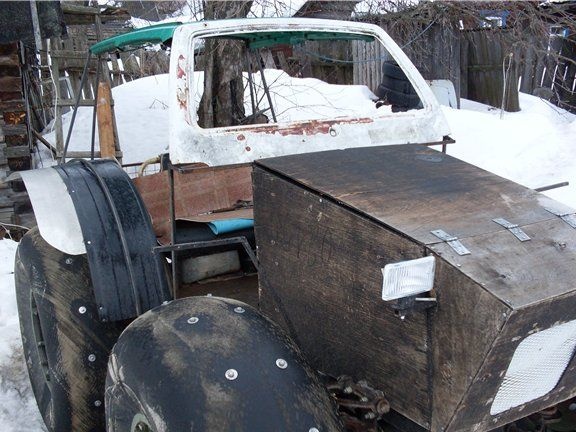
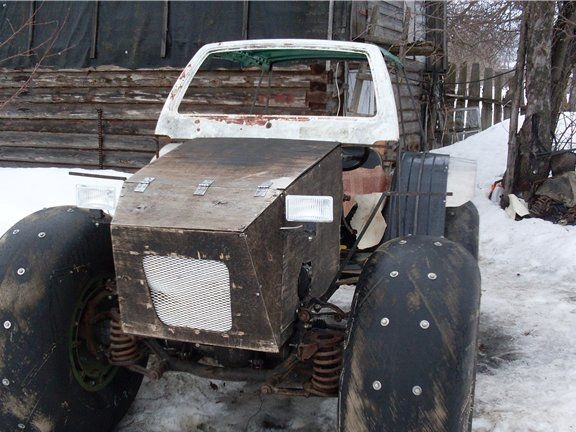
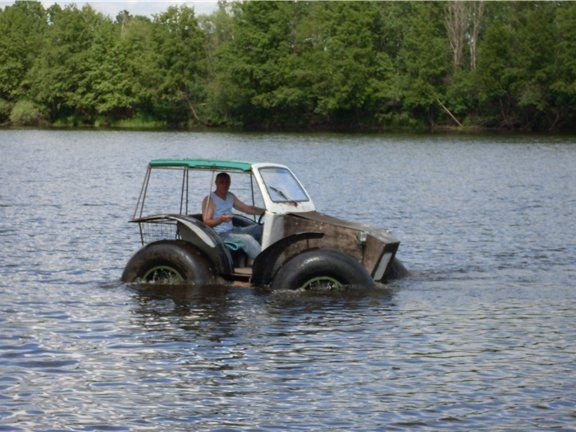
Not a tricky way to transport a boat for fishing:
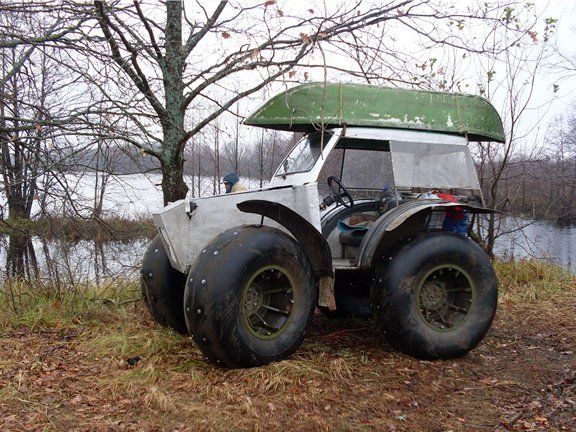
Final work with the skin of the cab:
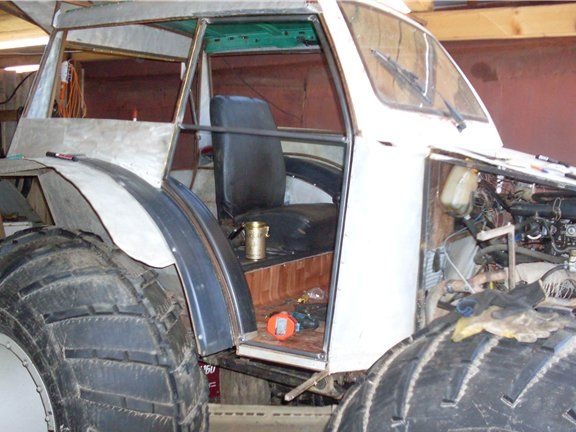
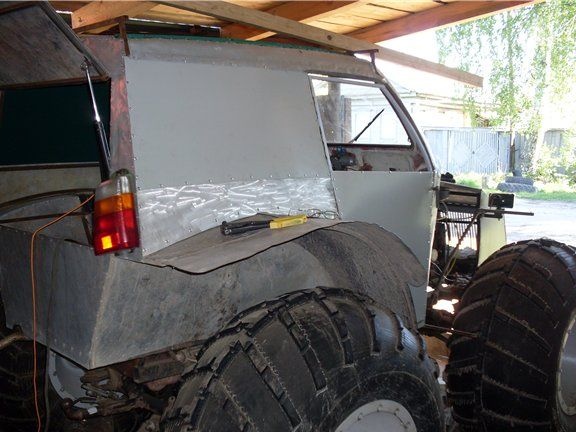
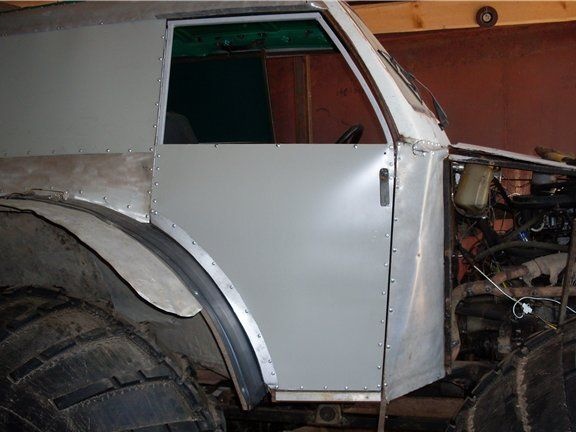
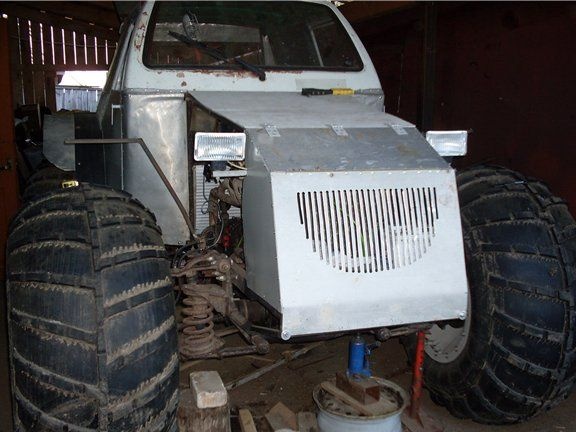
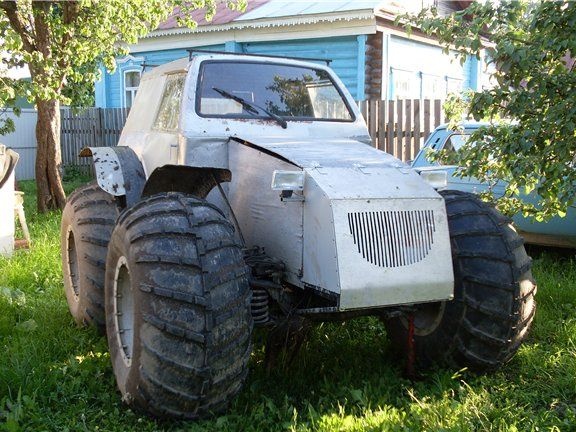
The creator of the all-terrain vehicle with the nickname "Samopal" from the Ryazan region.
